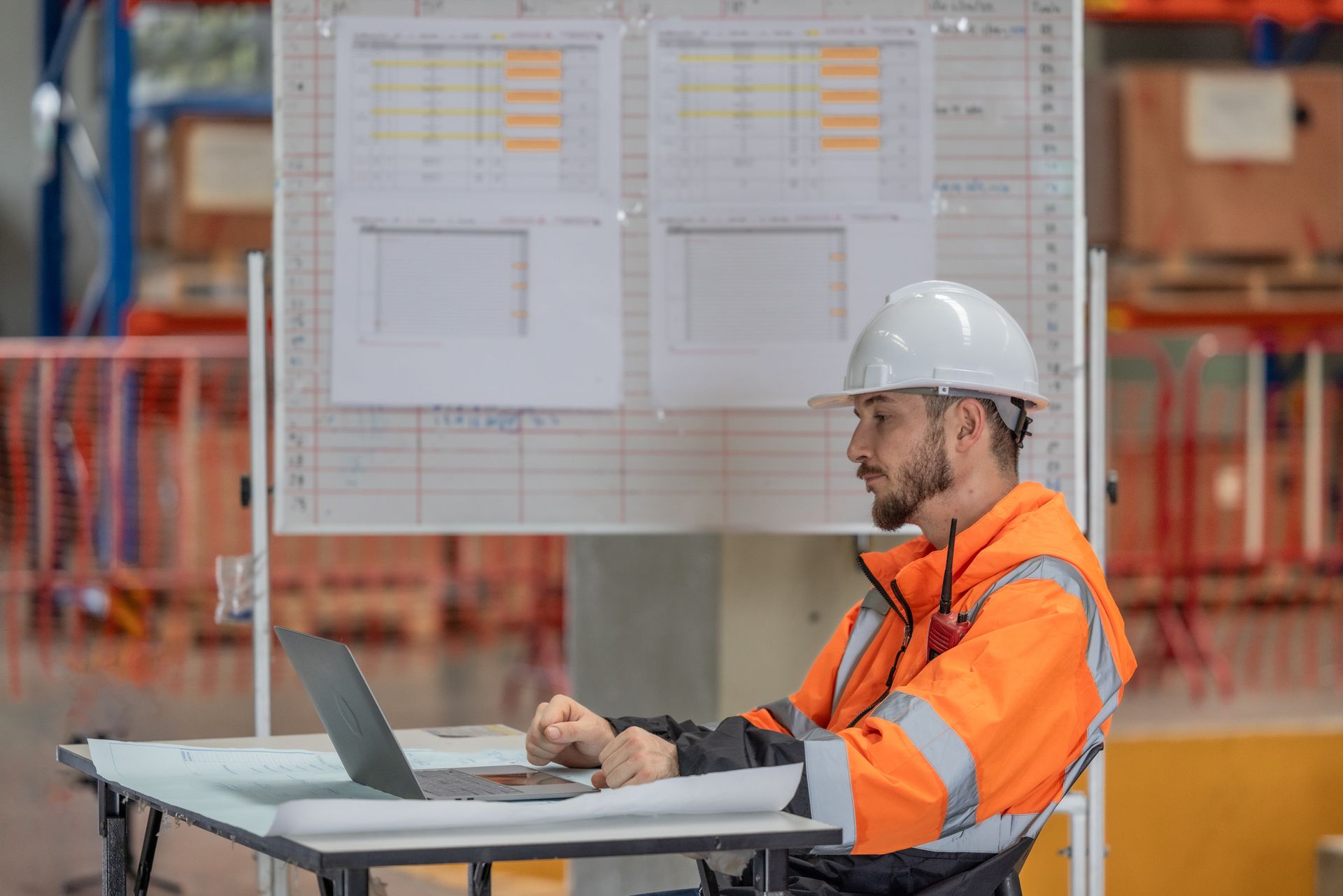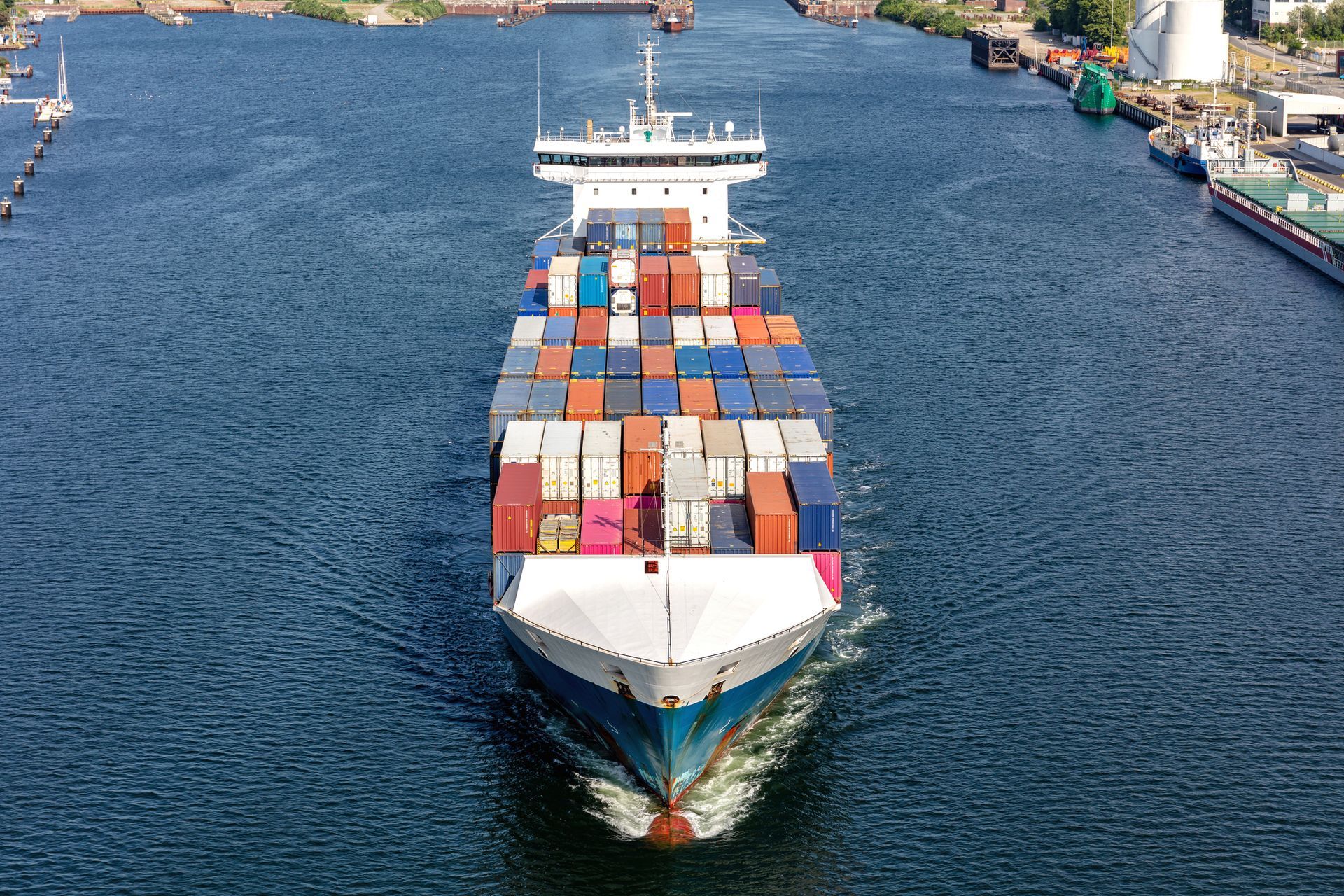
Consolidation of dangerous goods is an essential and complex process in the international transport of goods. It involves not only the efficient grouping of loads, but also the strict observance of safety standards that protect the integrity of the goods, human life and the environment.
For freight forwarders and freight forwarders, understanding how this process is conducted is crucial to ensuring that logistics operations are carried out with excellence.
What are dangerous goods?
Dangerous cargo refers to substances that, due to their physical, chemical or biological properties, pose significant risks to human health, public safety and the environment.
These materials can be flammable, explosive, corrosive, toxic, among others, and their handling and transportation require specific care to avoid serious accidents.
The International Maritime Organization (IMO) is the entity responsible for regulating the maritime transport of dangerous cargo, establishing standards that aim to minimize the risks associated with this activity.
Through conventions such as the International Convention for the Safety of Life at Sea (SOLAS), the IMO determines global standards that must be followed by all member countries.
The importance of cargo consolidation
Cargo consolidation is a logistics practice that aims to optimize the transportation of goods by grouping several loads into a single container.
In the case of dangerous goods, this practice must be carried out with extreme caution, since the inappropriate combination of materials can result in increased risks, such as fires, explosions or contamination.
For this reason, not all dangerous goods can be consolidated with other goods. Flammable or explosive chemicals, for example, often need to be transported in separate containers to ensure safety throughout the process.
Dangerous Cargo Consolidation Process
The process of consolidating dangerous cargo is complex and involves several steps that must be followed to the letter to ensure safe transportation. One of the first steps is to carry out a detailed analysis to determine which dangerous cargo can be transported together.
This is essential because, in LCL (Less than Container Load) transport, different shipments share the same container, which requires a rigorous pre-analysis of the segregation and compatibility requirements of the cargo.
The NVOCC (Non-Vessel Operating Common Carrier) company plays a fundamental role in this process. Specialists such as these conduct detailed studies to ensure that only compatible cargo is consolidated in the same container.
The analysis is carried out using the Material Safety Data Sheet (MSDS) and the IMDG CODE segregation table. However, it is important to emphasize that the Exporter must be aware of the segregations and incompatibilities, and is responsible for the correct storage and separation of the products, always respecting the IMDG CODE instructions.
These professionals are also responsible for coordinating the necessary documentation with the Shipowner, which contains all pertinent information about the dangerous cargo, including safety measures, technical details and guidelines in the event of accidents.
Essential Care in Consolidation
Several precautions are essential when transporting dangerous goods. Firstly, the signage on vehicles transporting these loads must be clear and visible, making them easy to identify in the event of an emergency. Another critical point is the packaging and labeling of the goods.
The IMDG Code, which governs the transport of dangerous goods by sea, establishes specific standards to prevent leaks or adverse reactions during transport.
Most packaging used must be approved (not all packaging needs to be approved, there are exceptions that are analyzed according to the type and quantity of the product), especially for sea transport, and must comply with international regulations.
The use of Personal Protective Equipment (PPE) is mandatory for all professionals involved in the handling and transport of these loads.
Continuous monitoring of the loads, using real-time tracking systems, is also essential to ensure that transport occurs as planned, allowing for rapid responses in the event of incidents.
Required Documentation
The documentation for the transport of dangerous goods is extensive and must be handled with the utmost care. Essential documents include the DCA (Developed in collaboration with shipowners to expedite the approval of dangerous goods), the MSDS, the emergency form, and the Certificate of Approval.
The latter, issued by the Navy, proves that the packaging used is suitable for sea transport, ensuring that the cargo will be transported safely.
After the cargo has been approved for shipment, the exporter must issue the MDGF (Dangerous Goods Form) to the ship's captain. This document provides information on all dangerous goods on board, allowing the captain to take preventive measures in the event of an emergency.
The Role of NVOCC in Consolidating Dangerous Goods
The NVOCC, as previously mentioned, is a key player in the consolidation of dangerous goods. Their expertise in maritime logistics allows these professionals to optimize the use of containers, minimizing costs and increasing transport safety.
Furthermore, the NVOCC negotiates more advantageous rates with sea carriers due to the volume of cargo it consolidates, thus offering a value-added service to its customers.
By choosing a reliable and experienced NVOCC, freight forwarders and brokers ensure a more efficient operation, with greater control over the transport process and fewer risks involved.
This type of partnership is essential for the success of dangerous goods transport operations, where safety and compliance with international standards are priorities.
Conclusion
Consolidating dangerous cargo is a process that requires technical knowledge, attention to detail and a high level of responsibility. The safety of transporting these cargoes depends on strict compliance with international regulations and the selection of experienced logistics partners, such as NVOCC.
By following all the steps and precautions mentioned, it is possible to carry out the consolidation of dangerous cargoes safely and efficiently, minimizing risks and ensuring the integrity of the goods throughout the journey.
The importance of a well-done consolidation is undeniable, as it protects not only the goods, but also the lives of the people involved and the environment. Therefore, it is essential that freight forwarders and brokers always seek the support of qualified specialists to conduct these operations with excellence.
Check out the infographic on how to transport IMO cargo.
Continue a navegar no blog da Allink

Mantenha-se informado sobre o comércio exterior
Assine nossa newsletter e receba atualizações semanais de forma gratuita sobre o mundo da logística.




